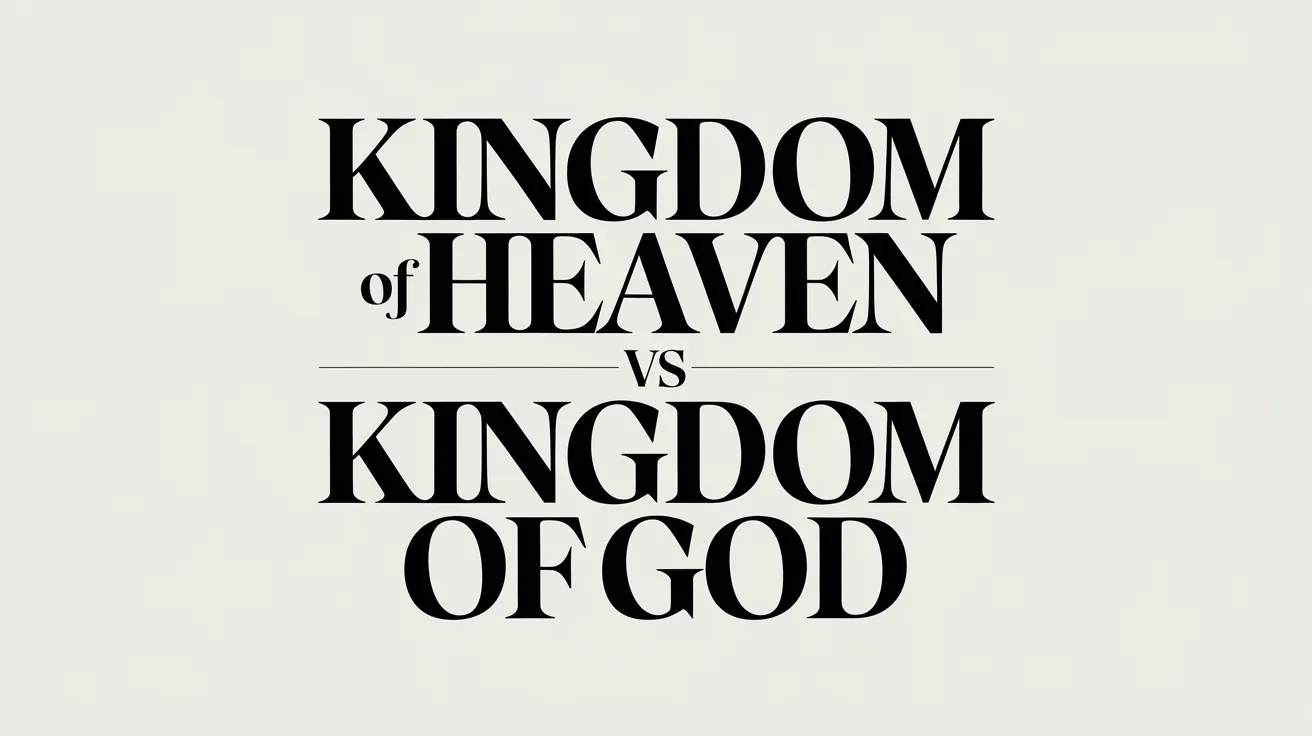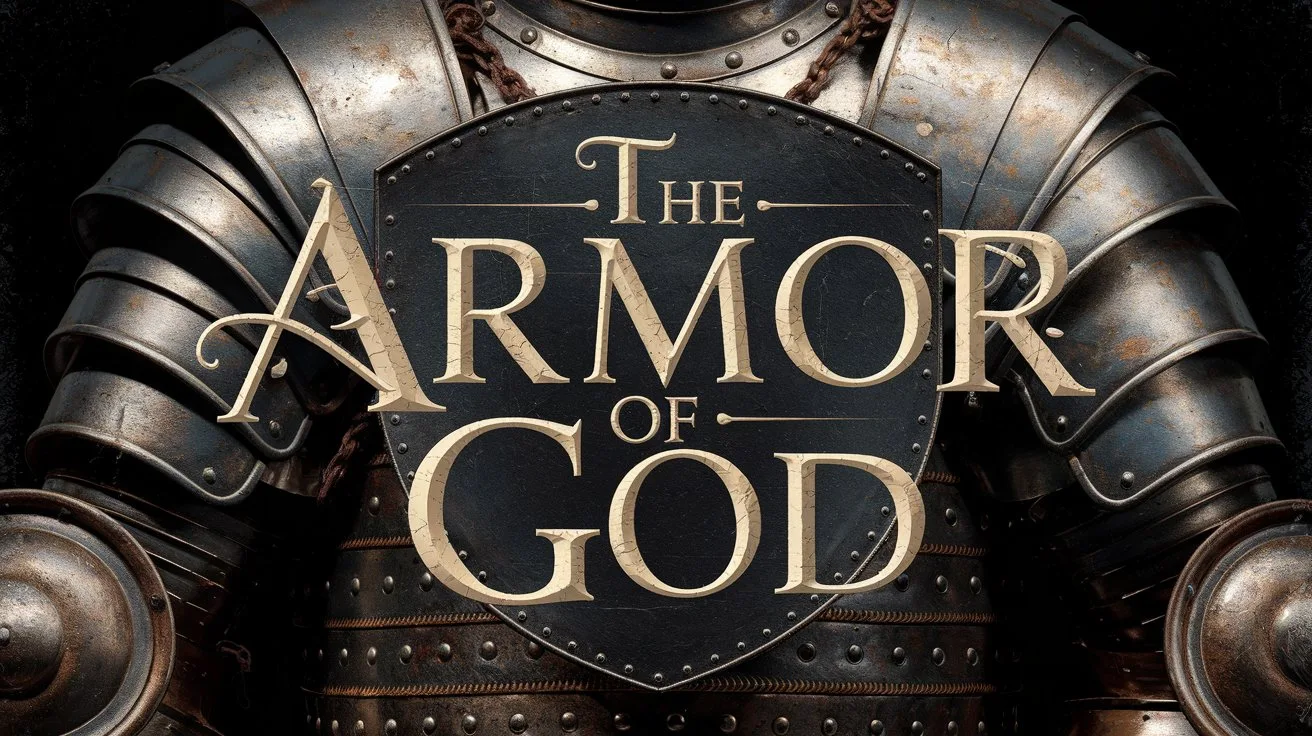Thomas doubted the resurrection because he had not yet seen the risen Christ for himself and was unwilling to accept the testimony of others without personal, physical evidence. His response reflects the common human tendency to demand proof before belief, even in the face of credible witnesses.
John 20:24–25 describes his reaction:
“Now Thomas, called the Twin, one of the twelve, was not with them when Jesus came. The other disciples therefore said to him, ‘We have seen the Lord.’ So he said to them, ‘Unless I see in His hands the print of the nails, and put my finger into the print of the nails, and put my hand into His side, I will not believe.’”
Thomas’s demand was not a mere expression of doubt, it was a refusal to believe unless his specific conditions were met. He was present when Jesus had foretold His death and resurrection (Mark 8:31; John 14:28), yet in grief and confusion, he could not reconcile those promises with the reality of crucifixion.
Eight days later, Jesus appeared again, this time with Thomas present:
“Then He said to Thomas, ‘Reach your finger here, and look at My hands; and reach your hand here, and put it into My side. Do not be unbelieving, but believing.’”
(John 20:27)
Jesus repeated Thomas’s exact words, showing He had heard him even in absence. He offered the very proof Thomas demanded, not in anger, but in mercy. This encounter exposed the condition of Thomas’s heart and called him to move from doubt to faith.
Thomas’s response is one of the most powerful confessions in the Gospels:
“And Thomas answered and said to Him, ‘My Lord and my God!’”
(John 20:28)
He no longer merely accepted the resurrection, he acknowledged Jesus as both Master and Deity. His earlier skepticism made his confession all the more profound.
Jesus then said:
“Jesus said to him, ‘Thomas, because you have seen Me, you have believed. Blessed are those who have not seen and yet have believed.’”
(John 20:29)
This statement extends beyond Thomas to every future believer. Faith that trusts God’s Word without visible evidence is honored by Christ. Thomas’s experience affirms that doubt can be overcome, but faith without sight is the standard for disciples of Christ.
Thomas’s doubt was real, but it was not permanent. Jesus met him in his weakness, corrected him in love, and drew from him one of the clearest declarations of Christ’s divinity found in Scripture.







